
Under the correct, wise and timely leadership of the Party and State, the consensus and support of the entire people and the efforts of the business community, our country has achieved important achievements, creating a solid premise for economic growth and development in 2025 and the following years.
On the occasion of the Lunar New Year, we respectfully introduce a special interview with Ms. Nguyen Thi Huong, Director General of the General Statistics Office, to have a more comprehensive and in-depth view of these achievements as well as the challenges and opportunities ahead.

- Madam, can the General Statistics Office analyze in more detail Vietnam's economic growth in 2024, especially the main drivers and contributions of each region to this success?
Ms. Nguyen Thi Huong: In 2024, Vietnam's economy witnessed impressive growth with a GDP growth rate of 7.09%, a figure that affirmed a strong recovery after the serious impacts of the COVID-19 pandemic and the difficulties and instabilities of the world .
Notably, this growth was achieved thanks to the equal and positive contributions of all three economic sectors: agriculture, forestry and fishery, industry and construction, and services.
In particular, the agriculture, forestry and fishery sector, despite facing negative impacts from adverse weather such as heat, drought, saltwater intrusion and the impact of Typhoon Yagi, still maintained a stable growth rate of 3.27%. Specifically, the added value of the agricultural sector increased by 2.94% compared to the previous year; forestry production increased by 5.03% and fishery increased by 4.03%. These figures show the encouraging efforts of the agricultural sector in ensuring food security and contributing to the overall development of the country.
In addition, the industrial and construction sector had a breakthrough year with a growth rate of 8.24%, of which processing and manufacturing increased by 9.83% and reached the highest level since 2019. The recovery of major economies has created momentum for Vietnam, as demand for goods increased, especially electronic and technology products. In addition, the acceleration of public investment disbursement has promoted construction and infrastructure activities, contributing to the overall growth of this sector.
Along with that, the service sector continued to demonstrate its role as an important growth driver of the economy with an increase of 7.38%. Service sectors such as wholesale and retail, transportation and warehousing, administrative activities and support services, and accommodation and catering services all had good growth. In particular, the Transport sector, accounting for more than 5% of GDP, achieved an increase of 10.82%, mainly due to the increase in freight transport. In addition, e-commerce and online shopping activities also developed strongly, making positive contributions to the growth of the service sector.
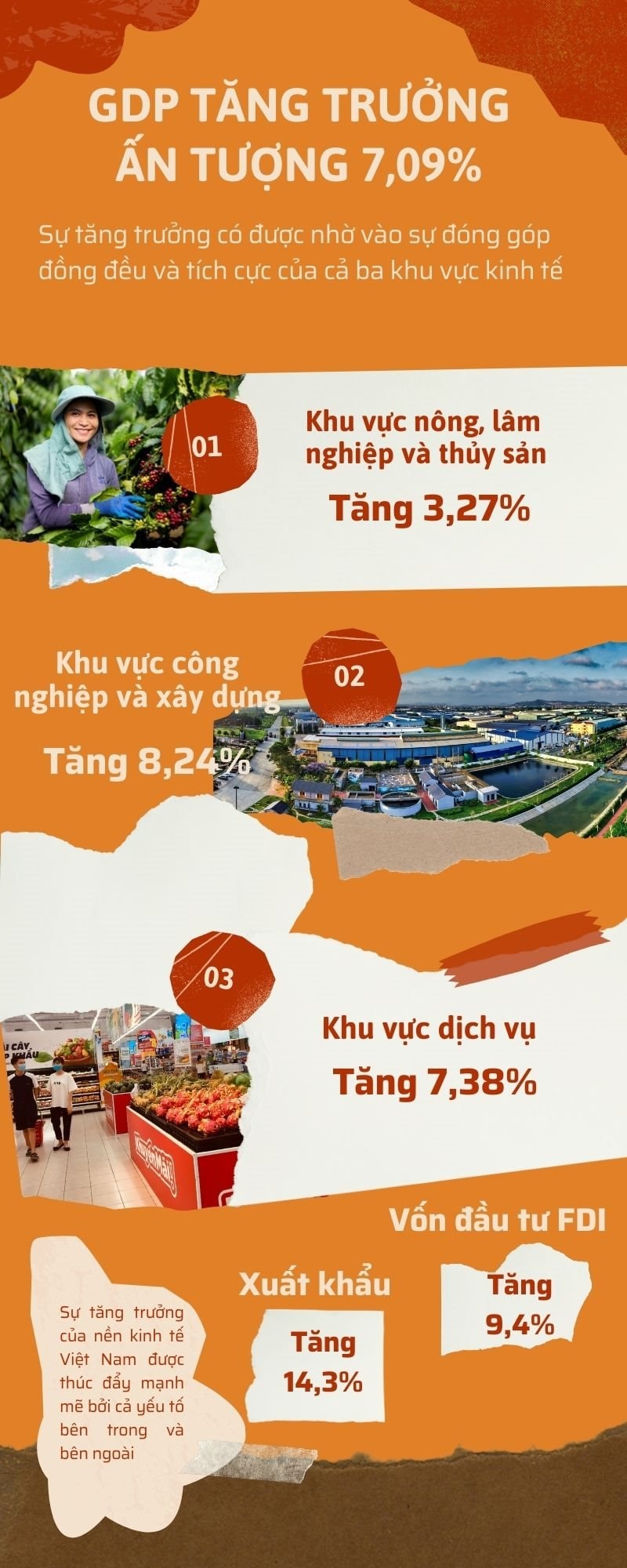
Vietnam’s economic growth was strongly driven by both internal and external factors. On the demand side, merchandise exports emerged as a bright spot, recording an impressive growth rate of 14.3%. This achievement was thanks to the recovery of consumer demand and shopping in major markets such as the US, EU and ASEAN. In addition, foreign direct investment (FDI) continued to increase, becoming an important driving force supporting production and export development.
FDI sector’s realized investment capital in 2024 increased by 9.4% year-on-year, a sharp jump from the 3.5% increase in 2023. This increase not only reflects the recovery of export activities but also shows that investors are increasingly optimistic and confident in the business environment in Vietnam. Domestic consumption also contributes significantly to growth, reinforced by macro policies such as VAT reduction, consumer support through fee and charge reduction, wage reform and efforts to reduce prices of goods and services by businesses. Domestic shopping and tourism promotions also contribute to stimulating domestic consumption, which has declined during the COVID-19 pandemic.
To achieve these encouraging results, the Vietnamese economy is supported by many other favorable factors. Specifically, political and macroeconomic stability, along with the flexible application of fiscal and monetary policies, have helped control inflation at a safe level, creating conditions to reduce operating interest rates, supporting production. Moreover, the investment and business environment continues to improve thanks to policies to support businesses and attract foreign investment. Transport and logistics infrastructure has also made significant progress, helping to reduce transportation costs and increase the competitiveness of Vietnamese goods in the international market. In particular, the successful signing of free trade agreements (FTAs) has created an important premise, helping Vietnam's exports exceed the set target, while affirming Vietnam's position to foreign investors as an attractive destination for investment and production.
Anticipating and promoting the application of digital economy and digital transformation has created breakthroughs in many fields, boosting labor productivity and expanding opportunities for businesses to access global markets.
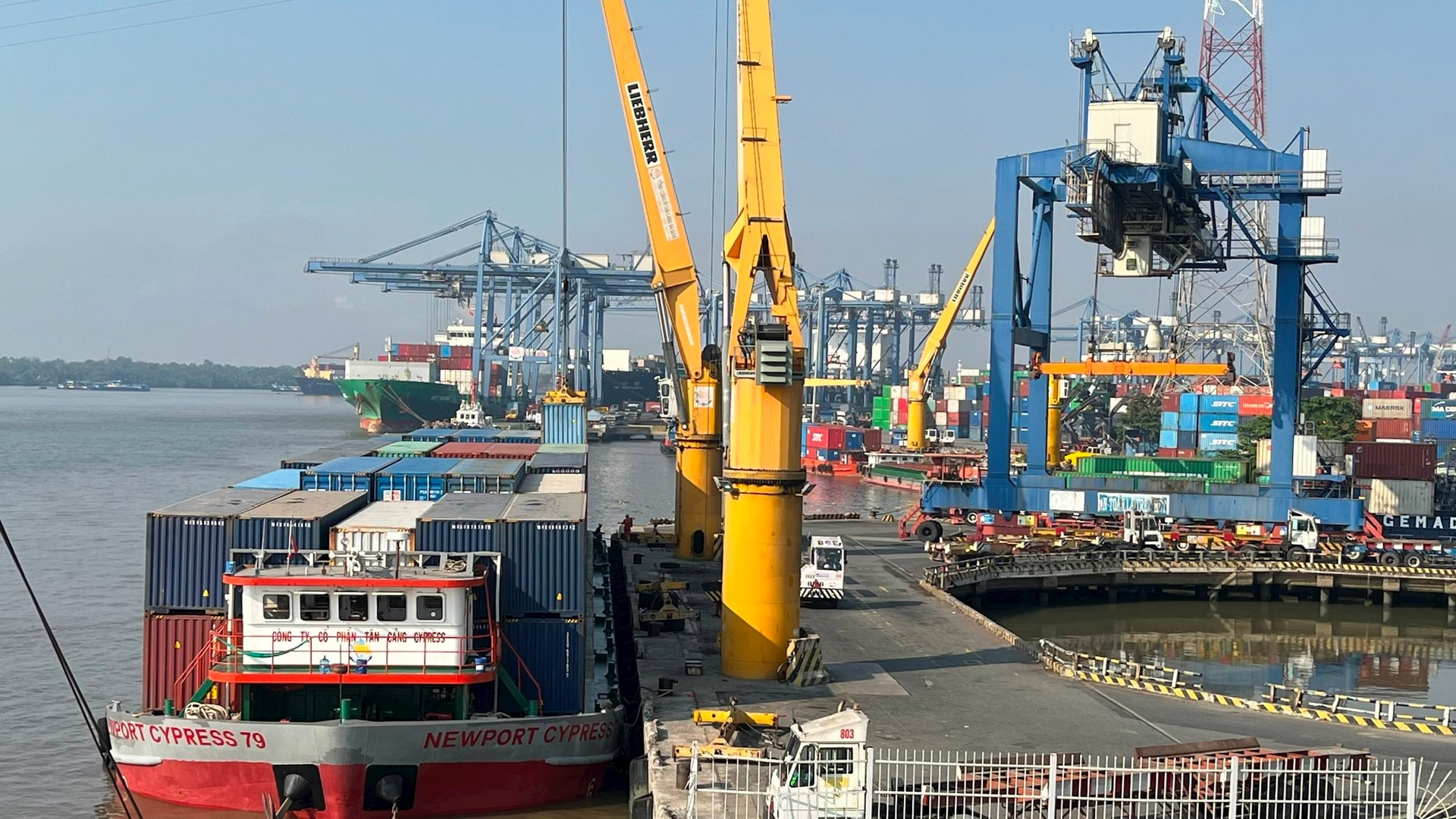 Political and macroeconomic stability, along with flexible application of fiscal and monetary policies, have helped control inflation at a safe level, creating conditions to reduce operating interest rates and support production. (Photo: Vietnam+)
Political and macroeconomic stability, along with flexible application of fiscal and monetary policies, have helped control inflation at a safe level, creating conditions to reduce operating interest rates and support production. (Photo: Vietnam+)
- Despite significant achievements, Vietnam's economy still faces many challenges. Can you share specifically about the difficulties we had to overcome in 2024 and their impacts on economic development?
Ms. Nguyen Thi Huong: In 2024, Vietnam's economy will not only benefit from positive factors but also face a series of complex challenges, both external and internal. These difficulties have significantly impacted economic development and require flexible and effective solutions.
The world situation continues to be complicated with geopolitical instability such as the prolonged Russia-Ukraine conflict and tensions in the Middle East, which have put pressure on fuel prices, increasing input costs for many manufacturing industries. Accordingly, the trend of trade protectionism and trade competition affects Vietnam's market access and expansion. In addition, natural disasters such as storms, floods, droughts in the Central Highlands, and saline intrusion in the Mekong Delta have caused severe damage to infrastructure, agricultural production and people's lives.

Along with that, although interest rates have cooled down, they are still high. This makes it difficult for businesses to access capital to maintain and expand production. Tight credit policies are still an obstacle that causes many businesses to face difficulties. Decreased purchasing power and domestic demand make it difficult for businesses to consume products, leading to a reduction in production scale or temporary suspension of business.
The number of enterprises temporarily suspending operations has exceeded 100,000, showing the difficulties that this region is still facing. Important dynamic regions such as the Red River Delta, the Southeast and the two growth poles of Hanoi and Ho Chi Minh City have seen a decrease in the number of newly established enterprises. The impacts of the challenges include increased production costs, difficulties in accessing capital, decreased purchasing power, enterprises reducing production and risks to the economy.
- One of the bright spots of Vietnam's economy in 2024 is that import-export turnover reached its highest level ever. Could you analyze this achievement in more depth, especially the main drivers and contributions of economic sectors?
Ms. Nguyen Thi Huong: In 2024, Vietnam's import-export turnover reached a record of 786.29 billion USD, up 15.4% compared to 2023. This is a proud achievement, affirming Vietnam's increasingly important role in the global supply chain. This success is thanks to the efforts of the entire political system, business community and people, and reflects the recovery of world demand and domestic production activities.
The main drivers of exports and imports include the recovery of world demand, recovery of domestic production and free trade agreements.
Specifically, the total export and import turnover reached 786.29 billion USD, of which exports were 405.53 billion USD and imports were 380.76 billion USD, with a trade surplus of 24.77 billion USD. The domestic economic sector had an export turnover increase of 19.8%, higher than the overall growth rate of the whole country. Meanwhile, the foreign direct investment sector continued to play a leading role, accounting for 71.7% of the total export turnover of goods. Key products include electronics, computers and components, phones, machinery and equipment, textiles, footwear, wood and agricultural products. Export turnover grew well in most of Vietnam's major markets, such as the United States, the EU, South Korea and ASEAN. To further increase export turnover, we need to improve the quality of goods, diversify the forms of propaganda about FTA incentives and innovate trade promotion activities.

- Madam, although exports have made great strides, the business sector still faces many difficulties as the number of businesses withdrawing from the market remains high. Does the General Statistics Office have any specific recommendations to support this sector in the coming time, especially manufacturing and construction businesses?
Ms. Nguyen Thi Huong: Although there are bright spots in the import-export picture, we cannot deny the difficulties that the business sector is facing, especially the high number of businesses withdrawing from the market.
To effectively support the production and business activities of enterprises, the General Statistics Office has conducted a survey and made a number of specific recommendations, focusing on processing, manufacturing and construction enterprises.
For manufacturing enterprises, management levels need to have policies to reduce lending interest rates, stabilize raw material prices, and reform administrative procedures. Especially specific land lease policies and support for specific industries such as construction materials.
For construction enterprises, it is necessary to support materials, capital, transparent bidding, reduce administrative procedures, ensure site handover on schedule, impose penalties for late payment, publicize projects and bidding packages, facilitate participation in small projects and increase electronic procedures.
- With the results achieved in 2024 and the remaining challenges, can you share about Vietnam's economic growth prospects in 2025 and what factors will play a key role?
Ms. Nguyen Thi Huong: 2025 is expected to be a year of continued positive changes for the Vietnamese economy. However, we also need to be extremely cautious and make efforts to take advantage of opportunities and overcome difficulties.
The global situation in the short term is forecasted to have seven major risks that could reduce the outlook for global economic growth. These include: tightening monetary policy causing more impact than expected; financial market re-pricing due to monetary policy reassessment; increasing public debt stress in emerging markets and developing economies; China's real estate sector shrinking more deeply than expected; sudden increase in commodity prices due to climate shocks; regional conflicts or broader geopolitical tensions; countries increasing protectionist policies; and continued social unrest. These risks could have negative impacts on a highly open economy like Vietnam.
Domestically, the macro economy is stable, inflation is under control, FDI attraction is continuously increasing, public investment continues to be focused, especially on key national projects. These factors have a spillover effect on the economy as well as industrial production continues to develop.

In addition, the recent trend of shifting international supply chains has created great opportunities for Vietnam. If Vietnam takes advantage of this advantage and has a faster digital and green transformation to meet the shifting supply chains as well as ensure the increasingly stringent requirements of the international market, it can create a breakthrough in industrial growth in 2025 and the following years.
Moreover, the key factors will be flexibility in response, unanimous determination and innovative thinking.
- Madam, the issue of people's minimum living standards is always of special concern. Can the General Statistics Office provide a more specific assessment of the minimum living standards of the population in 2024 and what factors affect this number?
Ms. Nguyen Thi Huong: According to the preliminary survey results of the General Statistics Office, the minimum living standard of Vietnamese people in 2024 is 1.8 million VND/person/month. This figure in urban areas is 2.3 million VND/person/month and in rural areas is 1.7 million VND/person/month. Compared to 2023, the minimum living standard has increased by 6.7%, reflecting a positive economic recovery and increasingly improved people's lives.

The minimum living standard is determined based on the equivalent value of food items to ensure the provision of 2,100 Kcal per day for one person and other essential items such as housing, clothing, etc. needed to meet the most basic needs for daily life. The amount of Kcal is determined and calculated from data on expenditures in the population living standards survey and based on the expenditure level for food items of the population group above the near-poor and below the middle-income group. The calculation to determine the general minimum living standard is based on the minimum expenditure for this population group (to be able to pay for the most basic food and non-food items).
The minimum living standard is used to provide information to the National Wage Council, as a basis for negotiating and determining regional minimum wages and related policies.
Thank you!

Vietnamlus.vn





![[Photo] Prime Minister Pham Minh Chinh and Prime Minister of the Kingdom of Thailand Paetongtarn Shinawatra attend the Vietnam-Thailand Business Forum 2025](https://vphoto.vietnam.vn/thumb/1200x675/vietnam/resource/IMAGE/2025/5/16/1cdfce54d25c48a68ae6fb9204f2171a)













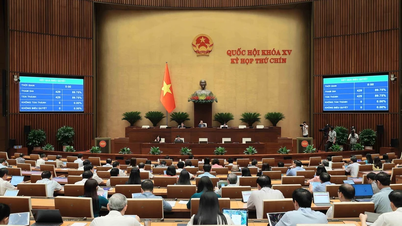
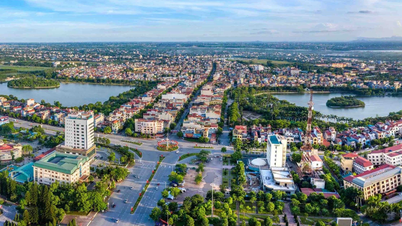
















![[Photo] President Luong Cuong receives Prime Minister of the Kingdom of Thailand Paetongtarn Shinawatra](https://vphoto.vietnam.vn/thumb/1200x675/vietnam/resource/IMAGE/2025/5/16/52c73b27198a4e12bd6a903d1c218846)













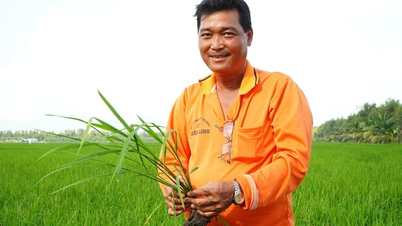













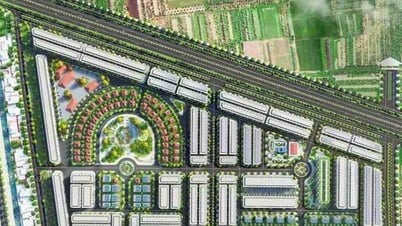






















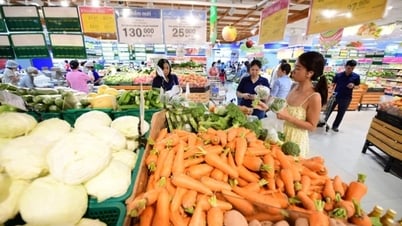



Comment (0)